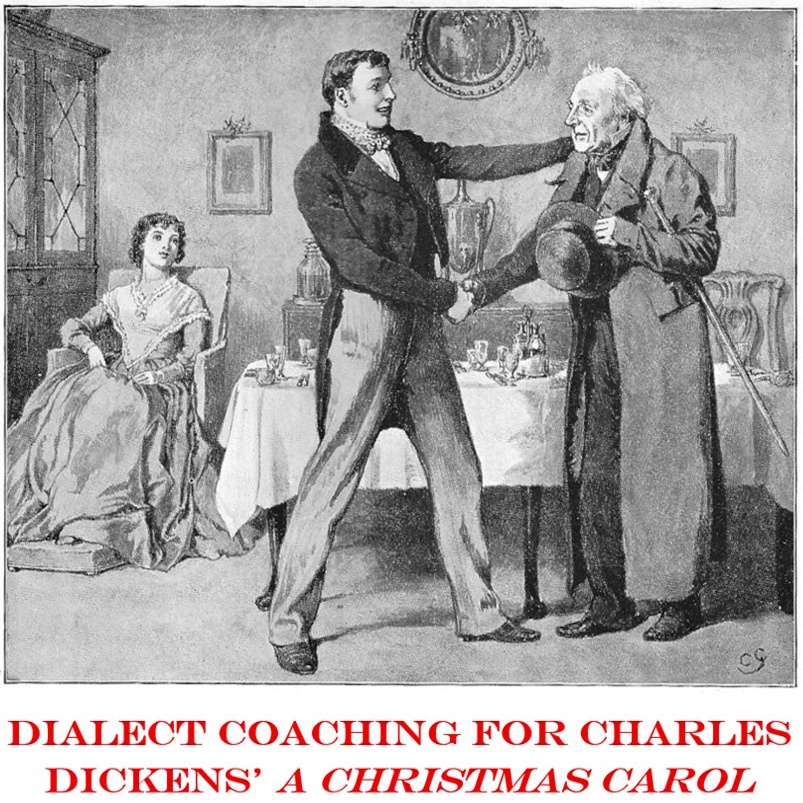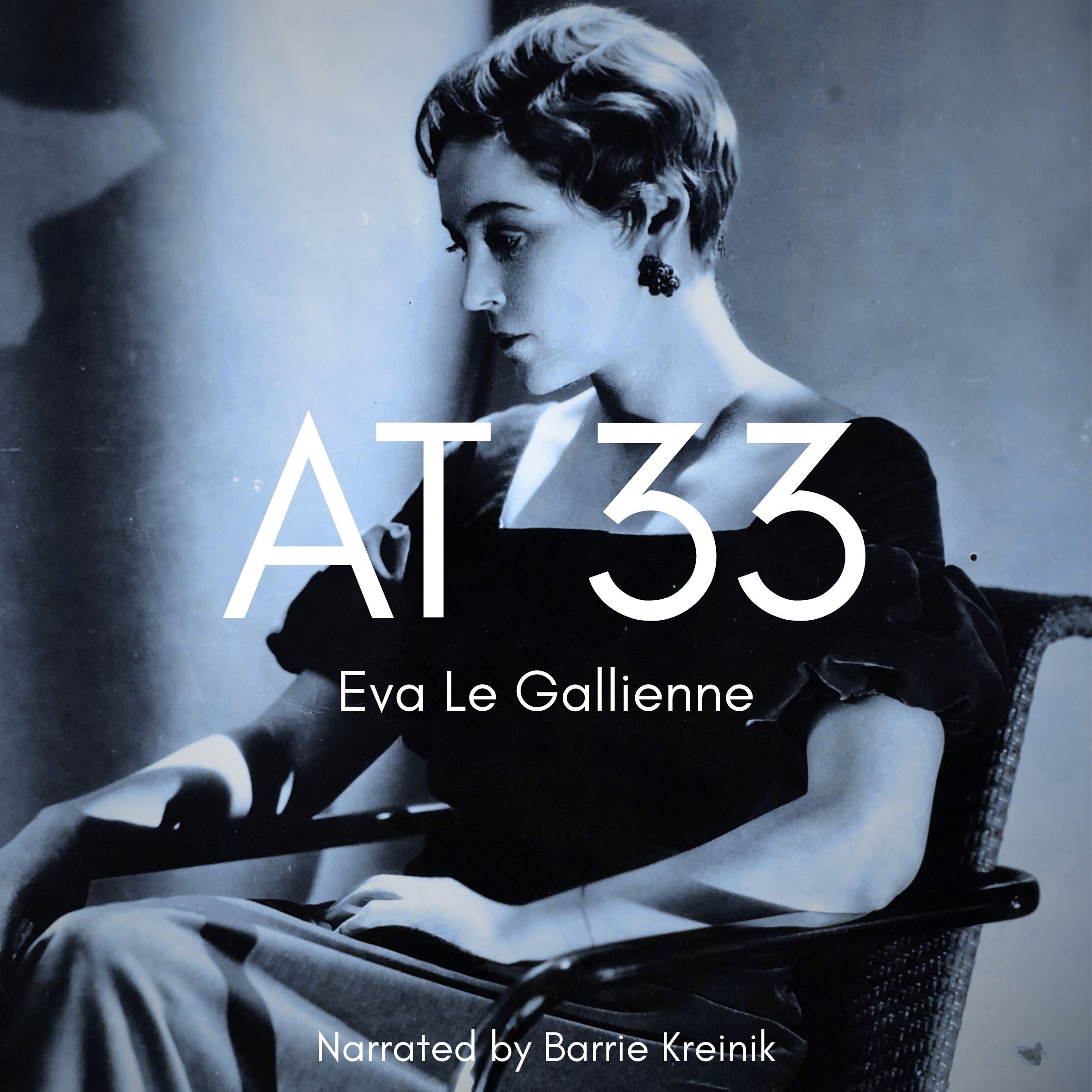Japan 6
Listen to Japan 6, a 29-year-old woman from Nagano and Tokyo, Japan. Click or tap the triangle-shaped play button to hear the subject.
Both as a courtesy and to comply with copyright law, please remember to credit IDEA for direct or indirect use of samples. IDEA is a free resource; please consider supporting us.
BIOGRAPHICAL INFORMATION
AGE: 29
DATE OF BIRTH (DD/MM/YYYY): 1978
PLACE OF BIRTH: Nagano, Japan
GENDER: female
ETHNICITY: N/A
OCCUPATION: student
EDUCATION: Subject was studying for her master’s degree at the time of the interview.
AREA(S) OF RESIDENCE OUTSIDE REPRESENTATIVE REGION FOR LONGER THAN SIX MONTHS:
She is a student, working for her master’s degree in art at California State University, Fullerton, California, in the United States. She grew up and went to school in Nagano and spent a few years in Tokyo before moving to the United States (Southern California) in her 20s.
OTHER INFLUENCES ON SPEECH:
She began to learn in English as a teenager in school and later became fluent after moving to the United States.
The text used in our recordings of scripted speech can be found by clicking here.
RECORDED BY: Kirsten Kuiken
DATE OF RECORDING (DD/MM/YYYY): 15/04/2007
PHONETIC TRANSCRIPTION OF SCRIPTED SPEECH: N/A
TRANSCRIBED BY: N/A
DATE OF TRANSCRIPTION (DD/MM/YYYY): N/A
ORTHOGRAPHIC TRANSCRIPTION OF UNSCRIPTED SPEECH:
[INTERVIEWER: Tell me about where you were born, and what was it like for you growing up?] I was born in Japan, um, I was born in Nagano where they uh, or the mountains are, that um, we have Winter Olympics? So I grown up in the nature, so um I grown up in my parents’ um, dad and my mom, and then I have older brothers, and older sister, and (then) twins. And also we lived with, uh, gramma and grampa, that’s a traditional, that uh, the living with gramma and grampa. And I’m a twin, so I always hang out with my twins and it’s very special, because its half of myself is her, and I have half of her, so its kind oflike, really, I’m glad that I’m twins, and I grown up with her all the time.[INTERVIEWER: What was your childhood like?] Yeah, basically my buddy was my twin sister, we go to river, we go to mountains, we just played outside, and back then we didn’t really have video games or anything, so we just played outside till sun goes down.
[INTERVIEWER: What are the major differences you see between Japan and America?] Compared to United States, that I think the American is more individual than any other culture, and than any other people. And totally opposite, in Japan its like individual is not so much important than being the group. There’s a phrase say that there’s a uh, if there’s a, uh, the nail sticking out, it’ll hammers it down. So it’s like, the, that I think in the group, in the people, if I’m a little individual, not individual, more not consider other people, it just kinda hammer it down, so everybody equals I think. The Americans express a lot, like, they express they’re feelings and like, emotions a lot compared to I think Asian culture.
[INTERVIEWER: Tell me one of your favorite childhood stories.] There’s a old lady, and then they’re gramma and grampa, and grampa goes to a farm to farm and plant, and gramma goes to river to um, wash their clothes, or wash their dirty things, and then there’s a peach, um, a huge big peach that floating on the river. So the gramma picked it up and took it home and then grampa came home. And they’re like, it was super huge, and they wanted to open the peach, or eat the peach, so they cracked it open with a hammer, and then there was a baby, um, came out. And then like, they never had a baby before, um, so they’re happy to have a new baby in the house. It’s kinda happy story.
TRANSCRIBED BY: N/A
DATE OF TRANSCRIPTION (DD/MM/YYYY): N/A
PHONETIC TRANSCRIPTION OF UNSCRIPTED SPEECH: N/A
TRANSCRIBED BY: N/A
DATE OF TRANSCRIPTION (DD/MM/YYYY): N/A
SCHOLARLY COMMENTARY:
DESCRIPTION OF SOME KEY FEATURES:
~The substitution of [ɨ] for [ɪ]
~Tendency to leave off plural endings
~Tendency to diminish or leave out articles like “a,” “an,” and “the”
~Verb tenses are sometimes incorrect or only used in the present tense
~The mixed use of [ɹ] and [l]; use of [ɽ]
~The substitution of [v] to [b]
~Accent cadence and pitch variation are limited
GENERAL CHARACTERISTICS:
There is an even pattern of emphasis, with each syllable generally having the same weight in speech, unlike American, which tends to have a de-stressed syllable followed by a stressed syllable. In the Japanese language, word meaning changes drastically by stress; therefore, English in a Japanese accent features evenly stressed words in a sentence. Words tend to be stressed by length rather than emphasis or pitch.
Nasality is a very strong characteristic of the Japanese dialect. Vowels are strongly nasalized, especially when used around or in place of the consonant [n] or [ŋ].
There is a tendency to drop all plurals from speech, i.e. “nine month” rather than “nine months.” Also, articles are often dropped or added inappropriately, as in “I play with (the) cat,” or “I went swimming in (the) river yesterday,” or “There was the (a) huge fish in the net.”
The article “an” is not used before a word starting with a vowel, rather “a” is used, and a glottal onset for the following word.
Speech patterns are similar to American dialect in that the inflection has fairly little pitch variation. However, and there tends to be a slight rising inflection at the ends of sentences, rather than the characteristic falling inflection of American dialect.
Verbs are often used without attention to tense or subject. For example, a speaker of Japanese dialect might say, “I grown up in Nagano, Japan. My sister and I plays outside in the nature.”
The ends of words are frequently not completed, particularly ending in the consonants [t], [d], [n], [l], and [r].
The tongue should not be particularly active, especially on “l” and “r” sounds. The tip of the tongue does not rise all the way to the alveolar ridge for these sounds, and a mixed “rl” sound is often used, which is expressed as [ɽ]. Placement of the tongue for thes sounds should be close but not touching the alveolar ridge, using the front of the tongue rather than the tip. There is also a general centralization of many vowel sounds, especially [a], [ɪ], [u] [ɛ], and [o].
Vowels and consonants in the Japanese dialect are generally clipped rather than elongated, leading to a kind of interrupted cadence—speech does not flow musically, but rather evenly, with irregular stops between words.
SUBSTITUTIONS:
Vowels
[æ] to [a] in words such as family, cat, happy, fat, task, happen, photograph, dance
[ɪ] to [ɨ] in words such as million, fish, this, consider, hit, important
[ʊ] to [ə] in words like woods, could, foot, stood, good, pull
[ɔ] to [o] in words like told, cold, boy, ford, always, storm
[ʌ] to [ə] in the first position, in words like adopt, above, election, enough
Consonants
[ð] to [d] in words such as this, that, father, the, these, there
[z] to [s] in final placement of words, like chairs, shoes, hairs, was, clothes, brothers
[v] to [b] in the first and medial position for words such as video, river, very, liver
***Exception: [ɹ]’s in the medial position are sometimes pronounced when followed by a vowel, in words like forever, mirror, and garage. In the final position, if the following word starts with a vowel, the [ɹ] is pronounced; i.e. “share a piece,” or “fear itself.” [l] to [ə] or [ɜ] in the final position is also a general trend, in words like fail, male, inhale, soil, real, feel, subtle, bottle. ***However: one should watch out for removing too many of the [ɹ]’s and [l]’s; this becomes stereotypical and over the top very quickly. This substitution should be used with prudence, perhaps when speech is quick or emotional.
[nts] or [ns] to [s] in consonant clusters such as wants, mints, fins, cans, rinse, sincere [t] to [ʔ] in the final position following a vowel sound, in words such as it, cat, not, rightTranscription
She never found out what the right answer was.
ʃɨ nɛbə fand ɑud wʌ də ɽaɨd asə wʌs
Hatsue was a beautiful woman, but she never did well in school.
hatsu wʌs ə bɨjutɨfə wəma, bʌt ʃɨ nɛbə dɨd wɛəɹ ɨ skʊəl
They were proud of their brand new kitchen table.
deɨ wə plɑud ʌv deə bɹand nju kɨtʃə teɨbɜ
Would you be able to visit me in March?
wəd ju bɨ eɨbəl tu bɨzət mɨ ɨ maətʃ
I was born in May, so that makes me a Taurus.
aɨ wʌz bon ɨn meɨ sʌou dat meɨk mɨ ʌ toɽʌs
Grammar
When I grew up, I had a twin.
When I grown up, I has a twin.
I prefer art to calculus.
I prefer the art to the calculus.
When she went to the store, she found a lot of good food.
When she go to the store, she found lot of good food.
After he took a nap, he decided to use the computer.
After he took a nap, he decide to use computer.
Movies to watch for further Japanese dialect research:
Snow Falling on Cedars, Memoirs of a Geisha (watch out—some of the cast is Chinese, which is very similar, but not quite the same!), The Last Samurai, Lost in Translation. Also, Letters from Iwo Jima is great for getting a feel for intonation and cadence.
COMMENTARY BY: Kirsten Kuiken, Unicode trans. Dylan Paul
DATE OF COMMENTARY (DD/MM/YYYY): 15/04/2007
The archive provides:
- Recordings of accent/dialect speakers from the region you select.
- Text of the speakers’ biographical details.
- Scholarly commentary and analysis in some cases.
- In most cases, an orthographic transcription of the speakers’ unscripted speech. In a small number of cases, you will also find a narrow phonetic transcription of the sample (see Phonetic Transcriptions for a complete list). The recordings average four minutes in length and feature both the reading of one of two standard passages, and some unscripted speech. The two passages are Comma Gets a Cure (currently our standard passage) and The Rainbow Passage (used in our earliest recordings).
For instructional materials or coaching in the accents and dialects represented here, please go to Other Dialect Services.
 IDEA: International Dialects of English Archive
IDEA: International Dialects of English Archive




